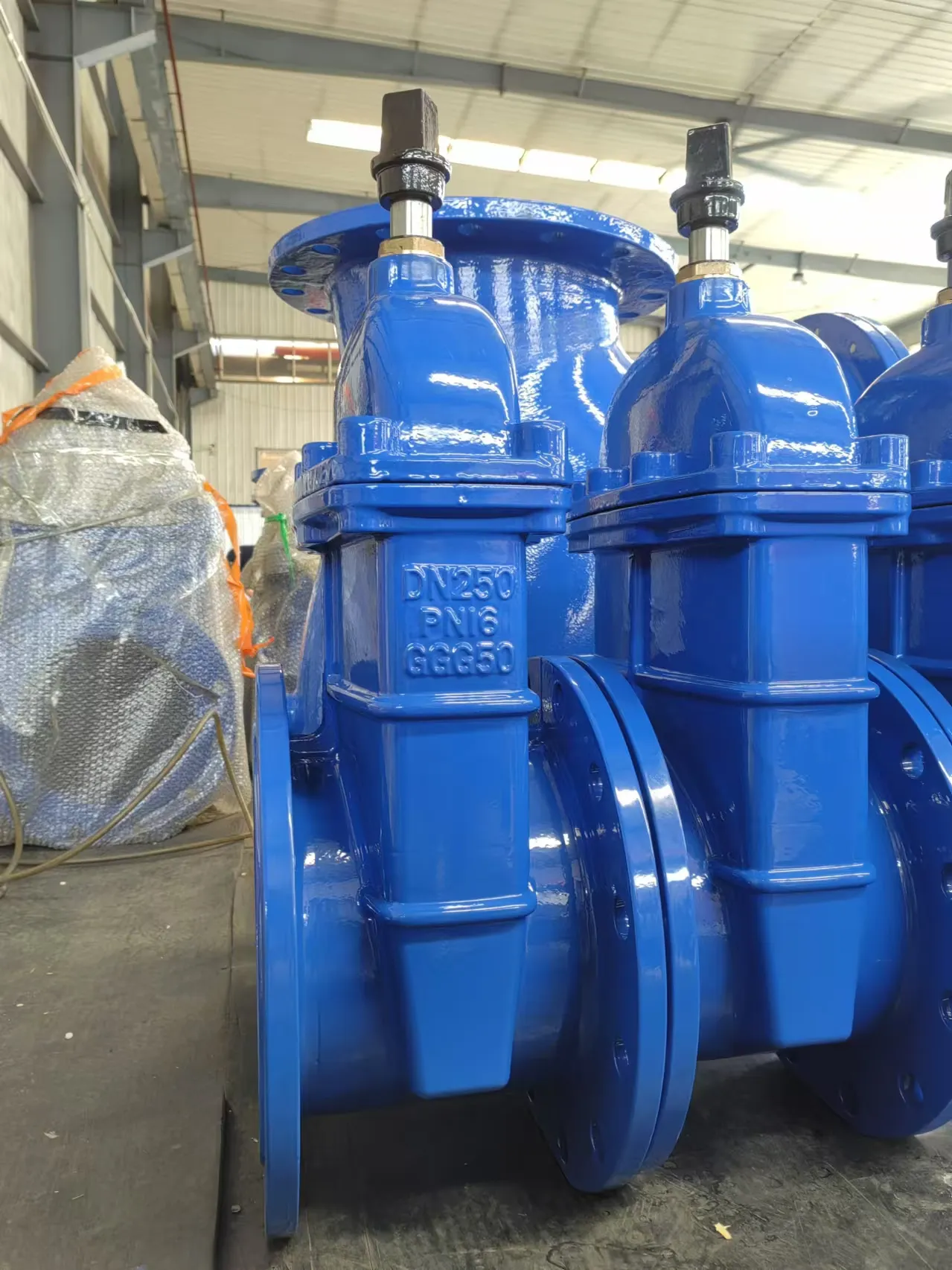types of drain covers
Understanding the Different Types of Drain Covers
Drain covers are essential components of drainage systems, designed to protect the drainage infrastructure from debris and unwanted materials, while also ensuring safety for pedestrians and vehicles. There are various types of drain covers available, each suited for specific applications and environments. In this article, we will explore the different types of drain covers, their materials, and their applications to help you understand their importance in urban infrastructure.
1. Material Types
Drain covers are manufactured from a range of materials, with the most common being
- Metal Typically made from cast iron, aluminum, or stainless steel, metal drain covers are known for their durability and strength. Cast iron covers, in particular, are widely used for heavier vehicular traffic areas due to their ability to withstand substantial loads without deforming or breaking. Aluminum covers are lighter and corrosion-resistant, making them ideal for locations where weight is a concern.
- Plastic High-density polyethylene (HDPE) or polypropylene drain covers are lightweight, resistant to corrosion, and can be produced in various shapes and sizes. They are often used in residential areas or locales with less traffic, and they tend to be more cost-effective compared to metal options.
- Concrete Concrete drain covers are robust and typically used in larger drainage systems or in areas with heavy loads. While they can be heavier and more challenging to install, they offer long-lasting durability and are often utilized in industrial settings.
2
. Types of Drain CoversDifferent applications call for specific types of drain covers. Here are some common types
- Grate Covers Grate covers are open designs that allow water to flow freely while preventing larger debris from entering the drainage system. Often used in roadways and sidewalks, these covers are designed with a grid pattern and can be made from metal or plastic. They are efficient in areas where water drainage is a priority, especially during rainstorms.
types of drain covers

- Flat Covers As the name suggests, flat covers are entirely flat and provide a smooth surface. These covers are commonly used in landscaped areas, driveways, and parking lots to prevent imperfections in the ground level. Flat covers can be made from metal or plastic and are often equipped with lifting mechanisms for easy access to the drainage system beneath.
- Trench Covers Trench covers are designed to cover linear drainage systems or trenches. They can be made from concrete, metal, or composite materials and are essential in managing surface water run-off in both urban and rural settings. Their design prevents unauthorized access to drainage trenches while ensuring that water can still flow freely.
- Retractable Covers Often found in industrial or commercial applications, retractable covers can be opened and closed as needed for maintenance or access to the drainage system. These covers may be motorized and designed to support heavy loads, providing safety and convenience in high-traffic areas.
3. Safety and Compliance
Drain covers are subject to various safety regulations and standards, which differ by region. Proper installation and maintenance are crucial for ensuring their safety and functionality. For example, in high-traffic areas, it is essential that drain covers are designed to withstand significant weight and impact to prevent accidents. Additionally, the spacing and design of openings should comply with local guidelines to minimize the risk of accidents, particularly for pedestrians.
4. Maintenance Considerations
Regular maintenance of drain covers is essential to ensure their longevity and effectiveness. This may include cleaning debris, checking for damage, and performing necessary repairs or replacements. A well-maintained drainage system can prevent flooding, enhance drainage efficiency, and improve the overall safety of the area.
Conclusion
Understanding the various types of drain covers is crucial for anyone involved in urban planning, construction, or property management. With a range of materials and designs available, drain covers can meet diverse drainage needs while ensuring safety and compliance with regulations. Investing in the right type of drain cover not only protects the drainage system but also contributes to the overall infrastructure health of a community. Proper selection, installation, and maintenance of these covers can result in a more efficient and safer environment for all.
-
The Smarter Choice for Pedestrian AreasNewsJun.30,2025
-
The Gold Standard in Round Drain CoversNewsJun.30,2025
-
The Gold Standard in Manhole Cover SystemsNewsJun.30,2025
-
Superior Drainage Solutions with Premium Gully GratesNewsJun.30,2025
-
Superior Drainage Solutions for Global InfrastructureNewsJun.30,2025
-
Square Manhole Solutions for Modern InfrastructureNewsJun.30,2025
-
Premium Manhole Covers for Modern InfrastructureNewsJun.30,2025
